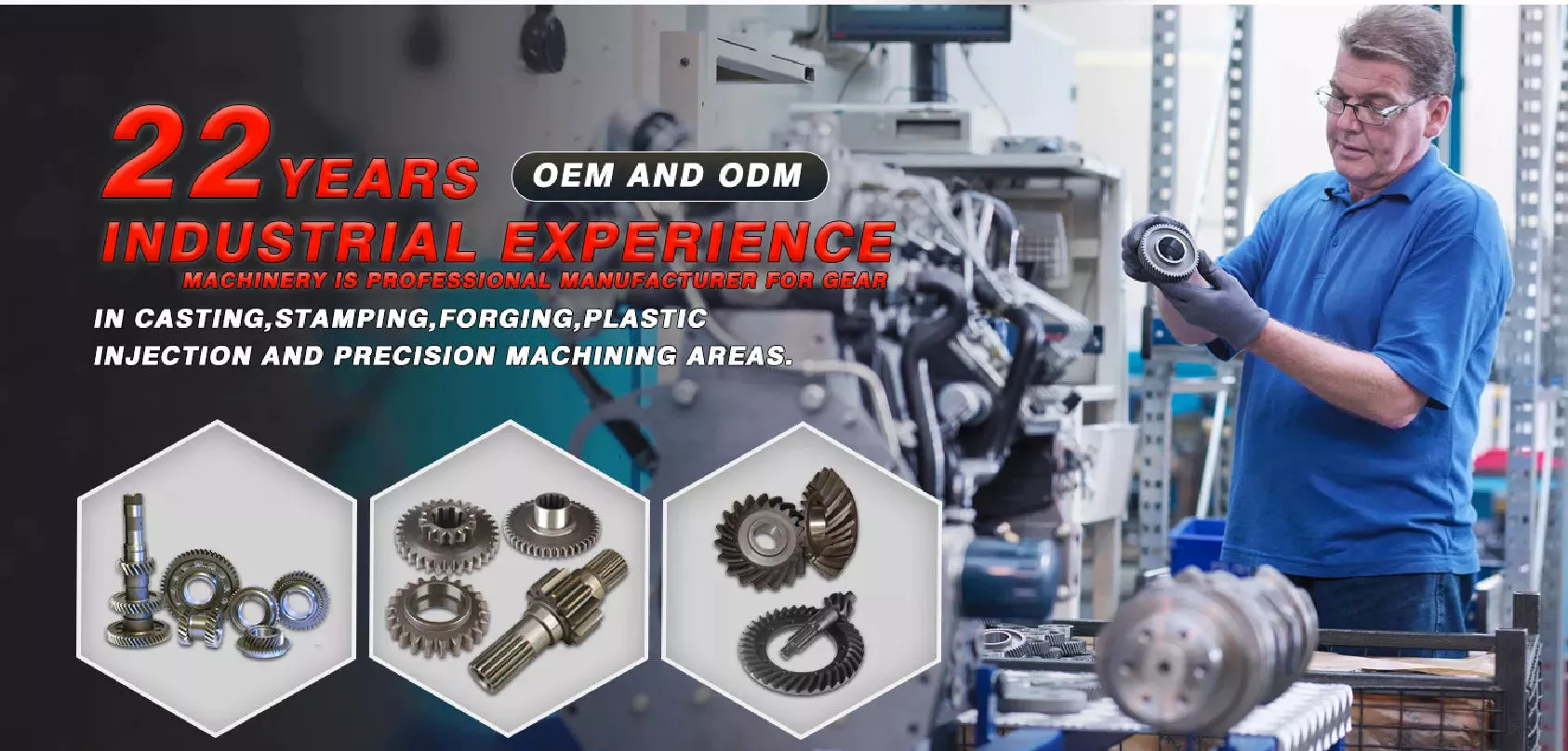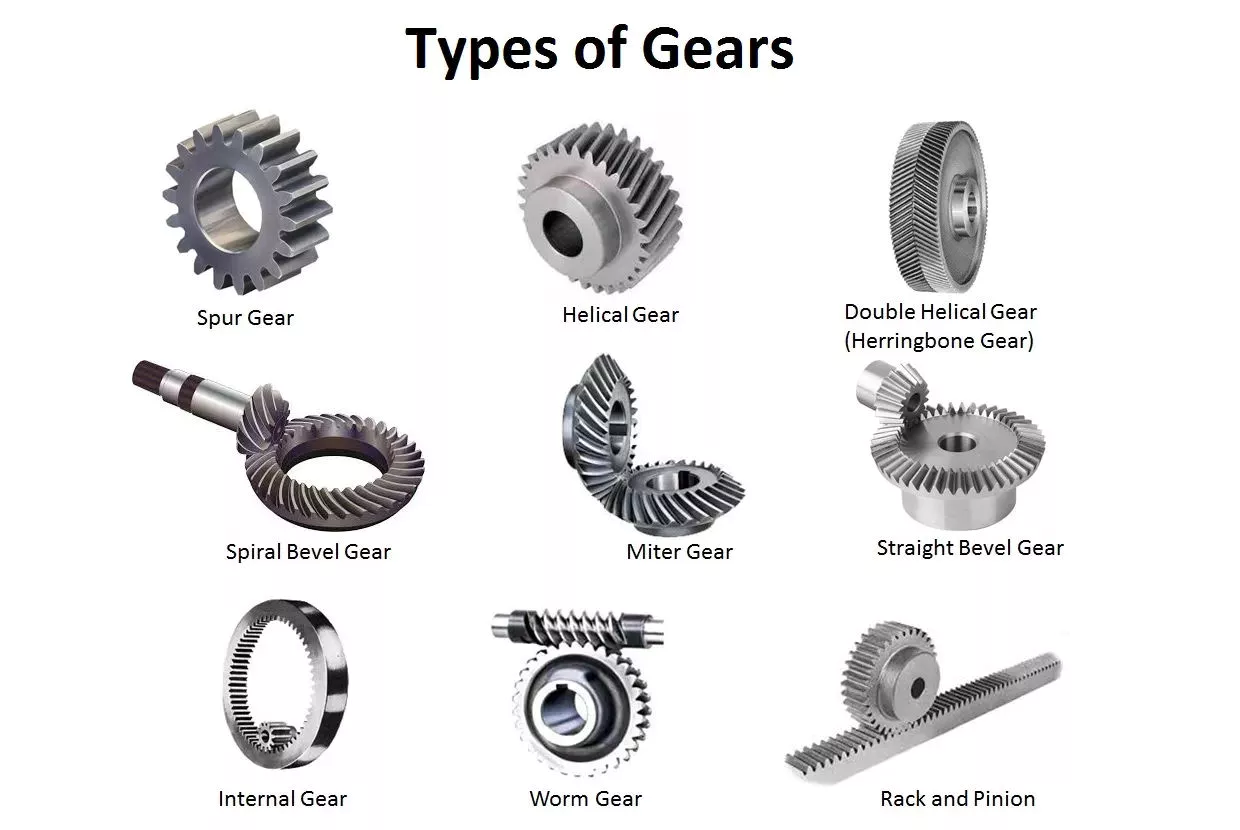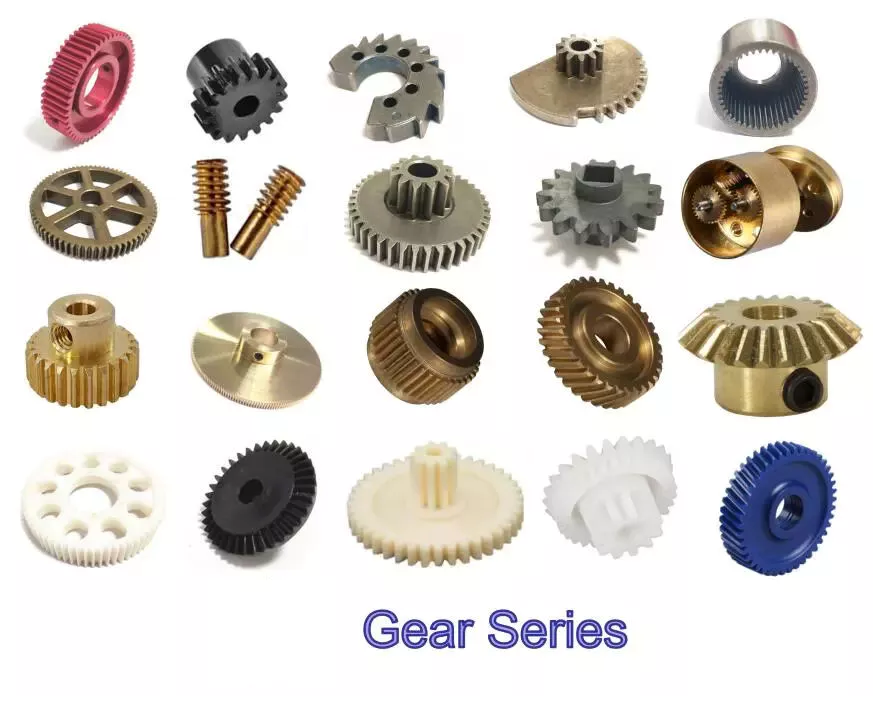Product Description
Product Description
About this item
* Universal fitting forklift seat Fit for most Forklift Brand on Market (Cat, Clark, Komatsu, Nissan, Yale, Toyota, Hyster) some model may require minor drilling
* The seat is designed for the heaviest mechanical seat, such as forklifts, dozers, aerial lifts, floor scrubbers, riding mowers,
tractors, excavator and trenchers, and much more
* Ergonomic design relieves stress and sore back plus a curved back padding for strong support
* Seamless molded and contoured cushions help to ensure operator comfort
* High quality PVC outside and polyurethane sponge inside, capable of high-temperature resistance and waterproof. It is also durable and will not be out of shape easily
* Universal forklift seat is made of polyurethane sponge and definitely will bring you a comfortable experience.
* Seat belt for added safety
Specification
* Color: Black
* Material: PVC
* Common Usage: Seat Assembly
* Fitting: Universal Fit
* Foldable: No
* Folding Armrest: No
* Mounting Hardware Included: No
* Mounting Size
Side to Side: 230mm x 280mm
Front to Back: 330mm x 280mm
Detailed Photos
Packaging & Shipping
Model NO. YY51
Sample Delivery Solution - For samples, usually we will choose Air delivery or Express delivery. Fast and convenient. More cost-effective than sea shipping according to our calculation. Anyway, we will select the best method for you.
Batch Delivery Solution - For Batch goods, usually we will choose sea shipping. More cost-effective than other methods. Any requirement will be considered for better business cooperation.
| Specification | |
| N.W | 12kgs |
| Leading Time | 15-45days according to your quantity |
| Packing | 2pcs/ctn |
| Carton size | 67*56*54cm |
| Container | 20'':216pcs 40'':456pcs |
| Our Services | |
| 1.Sample Policy: | You can test the quality of our sample firstly before you purchase them in mass quantity. |
| 2.Payment Way | T/T, L/C, Western Union, Paypal . |
| 3.Delivery Date | 10-25 days after deposit paid. It depend on your order quantity. |
| 4. Shipping Way | 10-25 days after deposit paid. It depend on your order quantity. |
| 4. Shipping Way | By Sea or By Air. |
Company Profile
HangZhou Kinglin Seats Manufacturing Co., Ltd is a professional seat manufHangZhou Kinglin Seats Manufacturing Co., Ltd is a professional seat manufacturer with years of experience. Our main products are agricultural seats,construction seats,garden seats and other auto parts.
KL Seating was founded in 2001 with an area of 26000 square meters. We have 2 manufacturing bases: HangZhou,ZheJiang and HangZhou,ZheJiang . With skilled employees,KL Seating has the capacity of producing 400,000pcs seats per year.
We have perfect Management System and excellent R&D team. All of our products has passed ISO9001:2008,CE and PAHS certificate. Our products are mainly for Domestic OEM and overseas aftermarket, like Europe,America,Australia,South Asia,etc.
With the Enterprise Principle of customer first, team work, best service, KL seating will do the utmost to provide the comfortable and safety seats, striving to be the global seat designer and manufacturer.
KL Seating Testing center
Founded in 2016, the testing center was invested more than RMB2,000,000 with an area of 150sqm. This center processes more than 10 domestic and foreign advanced testing equipments. And more than 30 items of testing ability are introduced. The testing center is mainly for the R&D process for our construction machinery seats, agricultural machinery seats.
Why choose us
1) We can provide you with different types of seatss for your selection.
2) Small MOQ: 1PC, mixed order acceptable, welcome trial order.
3) We can provide samples for your testing.
4) Safety, on-time delivery, excellent quality with competitive price.
5)OEM &ODM service available.
FAQ
1. How can I confirm whether your products will fit for my machine?
- You can tell us the mounting size, then our professional sales will reply you. And we do supply OEM service.
2. How do you pack the products?
- Usually we pack the products by normal export carton. The carton size is depended on your goods. And we do supply the OEM package service.
3. How about the delivery time?
- Generally it will takes 10 to 30 days after receiving your deposit. The specific date will be depended on your order and item. We will contact you if we confirm the delivery date. And we will track the goods all the time until the goods reach to the destination.
4. How about the price?
- To provide the top quality product with competitive price is our mission all the time. We want a long-term business relatonship with our customers rather than cooperate for once.
5. How can I trust you?
- We have 12 years of experience in the seat manufacturing field;
- We have supplied for many famous company at home and abroad;
- We want to provide great service for you rather than just provide a price and product for you;
- To meet you is the first step, then we would like to make friends and maintain the business relationship with you all the time.
Welcome to your inquiry.
qlseat
What is a bushing?
A bushing is a cylindrical lining made of a flexible material inside a metal housing. The inner squeeze tube of the bushing helps prevent it from being squeezed by the clip. The material also reduces friction and isolates vibration and noise, while improving performance. This article discusses some of the most common uses for bushings. In this article, we'll discuss the most important reasons to choose a bushing for your transmission.
DESCRIPTION Anti-friction cylindrical lining
A bushing is a bearing that minimizes friction and wear within the bore. It is also used as a housing for shafts, pins, hinges or other types of objects. It takes its name from the Middle Dutch word shrub, which means "box". It is also homologous to the second element of blunderbuss. Here's how to identify bushings and how to use them.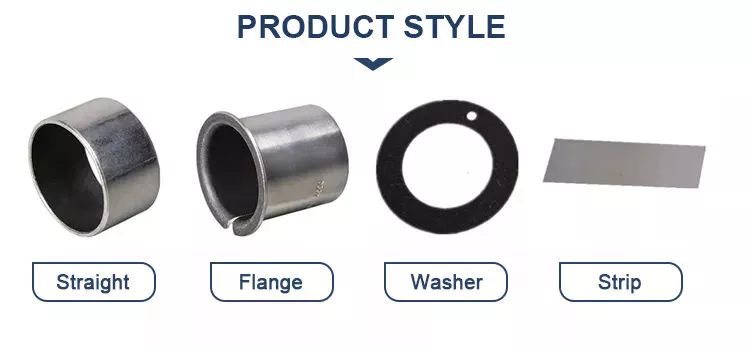
Vibration isolation
Vibration mounts are required for inertial guidance and navigation systems, radar components, and engine accessories. Bushings isolate vibration and provide a more robust design in these applications. Bushings help eliminate vibration-related operational challenges and help protect expensive equipment from damage. Below are several types of vibrating mounts and the differences between them. Each type has unique uses and applications, and the type you choose will depend on the nature of the components and the environment.
Vibration isolation is an important safety feature of many modern machines and instruments. Used to reduce the dynamic consumption that an object suffers at runtime. Instead, it protects equipment and structures from amplitude-related damage. Bushings insulate objects from vibration by reducing the amount of dynamic action transferred from the object to the support structure. Bushings are a popular choice for vibration equipment manufacturers.
Vibration isolation is important in many industrial applications. Vibration can wreak havoc on electronic and mechanical equipment. The forces exerted by vibration can reduce the life expectancy of equipment, leading to premature failure. The cost of isolation depends on the weight of the object being isolated. Most isolators have minimum damping in the isolation region and maximum damping at natural frequencies. In addition, the cost of installation, transportation and maintenance is usually included in the cost.
In addition to providing shock and vibration isolation, bushings help stabilize components by absorbing shock. These devices may need to be replaced in the long run, and your machine design may dictate whether you need to buy more than one. Bushings are an important part of your equipment, so don't skimp on quality when choosing a vibration isolation mount. You won't regret it. They won't break your budget, but will keep your equipment safe.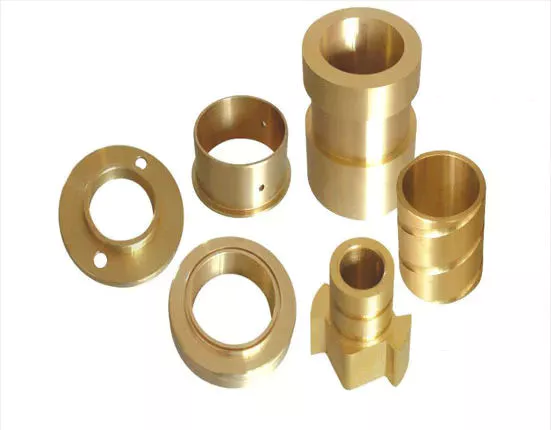
reduce noise
A properly positioned tree will block the view between the noise source and your house. Make sure the tree is taller than your house to effectively reduce noise. Also, make sure the sprocket and axle are properly aligned. The less noise they make, the better. If you have a noisy neighbor, you may want to consider installing a bushing at the front of the house to block the noise.
While it's possible to replace the bushing yourself, it's best to make sure you follow some basic procedures first. Park your car on level ground and apply the brakes before removing the hood. Check that the wheels move freely. Remember to wear gloves and goggles, and don't cut yourself with sharp objects when changing bushings. If you can't see under the hood, try opening the hood to allow more light to reach the engine area.
SuperPro bushings are designed to reduce noise and vibration in the automotive industry. They are a popular choice for aftermarket bushing manufacturers. While OE rubber bushings are soft and quiet, these polyurethane bushings are specifically designed to eliminate these noise issues. By determining the diameter of your vehicle's anti-roll bars, you can choose the right bushing for your vehicle. You'll be glad you did!
Damaged bushings can cause the stabilizer bar to become unstable. This, in turn, can cause the steering components to misalign, creating a loud ding. Worn bushings can also cause the wheel to squeak as it moves. If they're worn, you'll hear squeaks when cornering. You may even hear these noises when you are turning or changing lanes.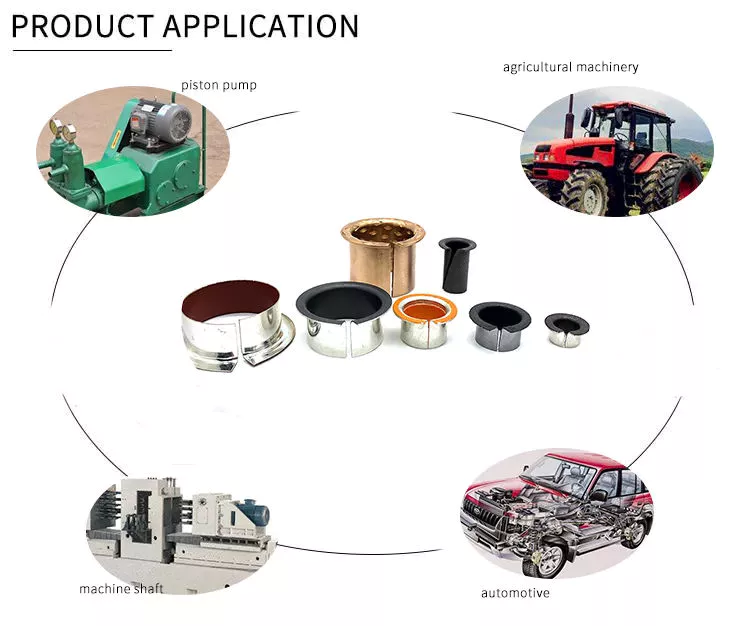
a bearing
A bushing is a component that provides a bearing surface for the forces acting axially on the shaft. A typical example of a thrust bearing is a propeller shaft. The bushing can be a separate part or an integral part of the machine. Typically, bushings are replaceable, while integral bearings are permanent and should not be replaced unless worn or damaged. Bushings are most commonly used in machinery, where they allow relative movement between components.
The bushing is usually an integral unit, while the bearing may have several parts. Simple bushings can be made of brass, bronze or steel. It is often integrated into precision machined parts and helps reduce friction and wear. Typically, bushings are made of brass or bronze, but other materials can also be used. Different designs have different applications, so you should understand what your application requires before purchasing a sleeve.
The most common uses of plain bearings are in critical applications, including turbines and compressors. They are also commonly used in low-speed shafting, including propeller shafts and rudders. These bearings are very economical and suitable for intermittent and linear motion. However, if your application does not require continuous lubrication, a plain bearing may not be required.
Another popular use for sleeves is in food processing. These bearings can be made from a variety of materials, including stainless steel and plastic. Plastic bearings are more cost-effective than metal and are an excellent choice for high-speed applications. These materials are also resistant to corrosion and wear. However, despite their high cost, they can be made from a variety of materials. However, in most cases, the materials used for plain bearings are aluminum nickel, phosphorus and silicon.














